Icom IC-M802 Handleiding
Bekijk gratis de handleiding van Icom IC-M802 (78 pagina’s), behorend tot de categorie Receiver. Deze gids werd als nuttig beoordeeld door 50 mensen en kreeg gemiddeld 3.5 sterren uit 25.5 reviews. Heb je een vraag over Icom IC-M802 of wil je andere gebruikers van dit product iets vragen? Stel een vraag
Product specificaties
| Merk: | Icom |
| Categorie: | Receiver |
| Model: | IC-M802 |
Heb je hulp nodig?
Als je hulp nodig hebt met Icom IC-M802 stel dan hieronder een vraag en andere gebruikers zullen je antwoorden
Handleiding Receiver Icom

26 Augustus 2023

19 Juni 2023

17 Juni 2023

14 Juni 2023

12 Juni 2023

11 Juni 2023

8 Juni 2023

6 Juni 2023

5 Juni 2023

31 Mei 2023
Handleiding Receiver
- DAP Audio
- Genie
- Sunstech
- Brigmton
- Lanzar
- ANKARO
- Optoma
- Black Lion Audio
- Geemarc
- Zalman
- Graupner
- TROND
- LTC
- Audioengine
- LEA
Nieuwste handleidingen voor Receiver
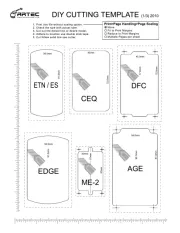
30 Juli 2025
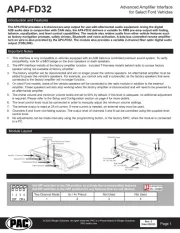
29 Juli 2025
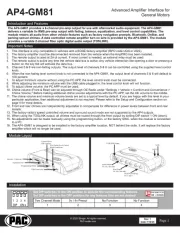
29 Juli 2025
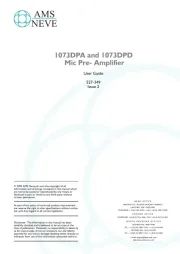
29 Juli 2025
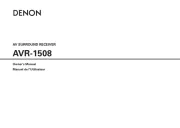
29 Juli 2025
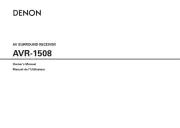
29 Juli 2025
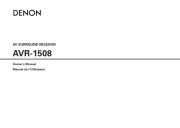
29 Juli 2025
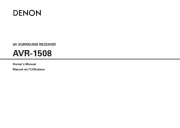
29 Juli 2025
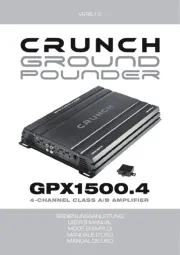
29 Juli 2025
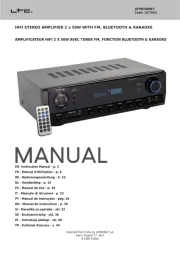
28 Juli 2025